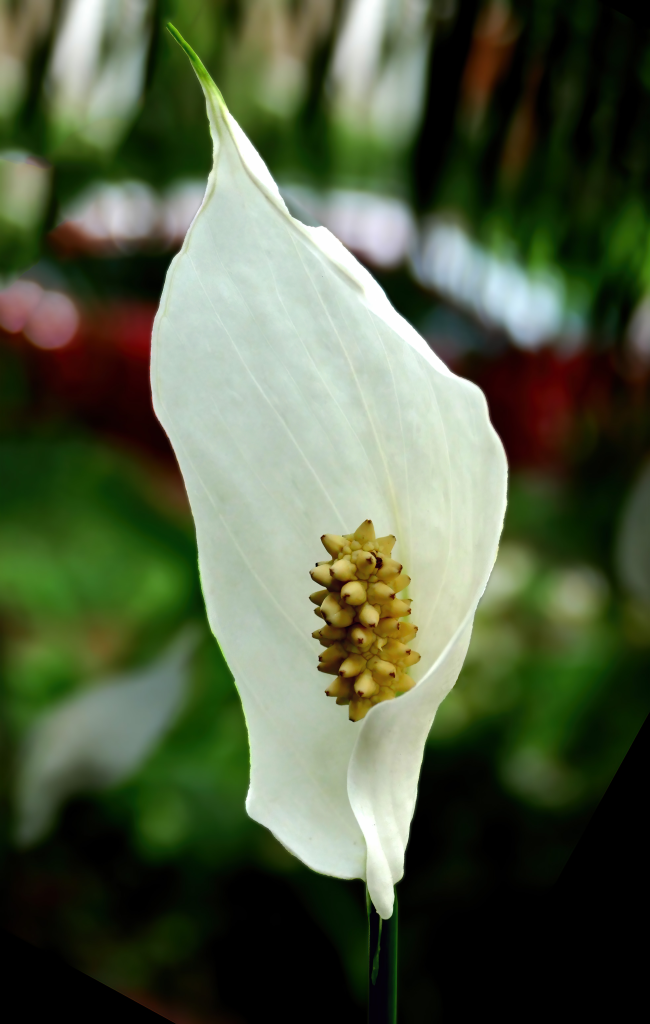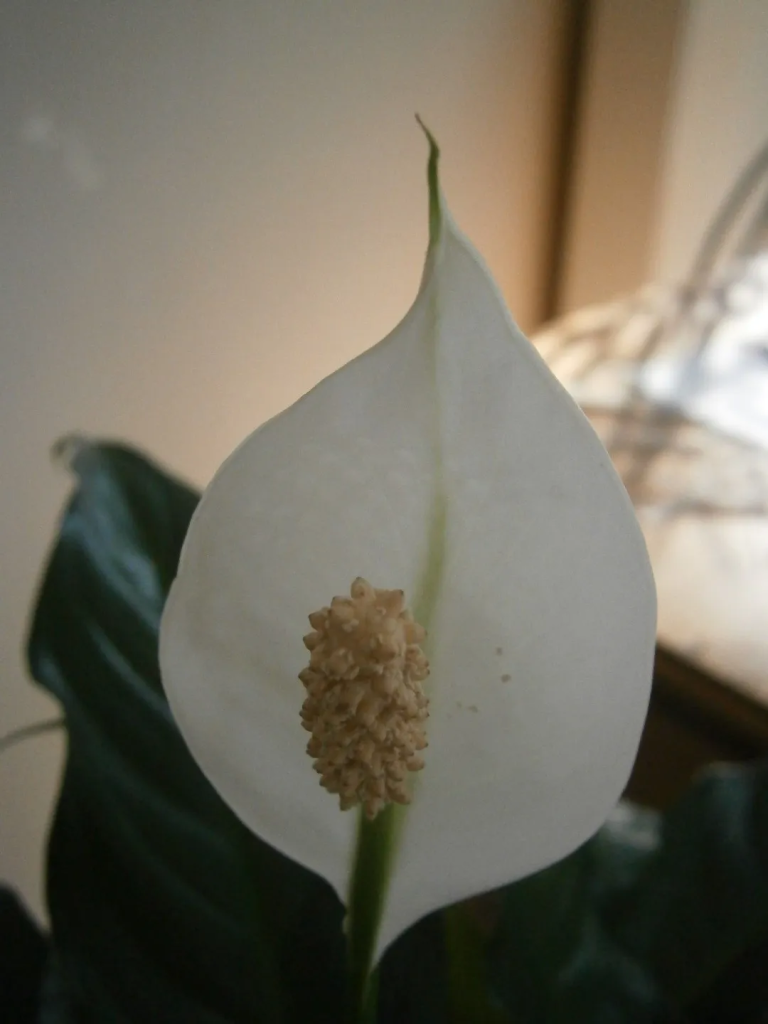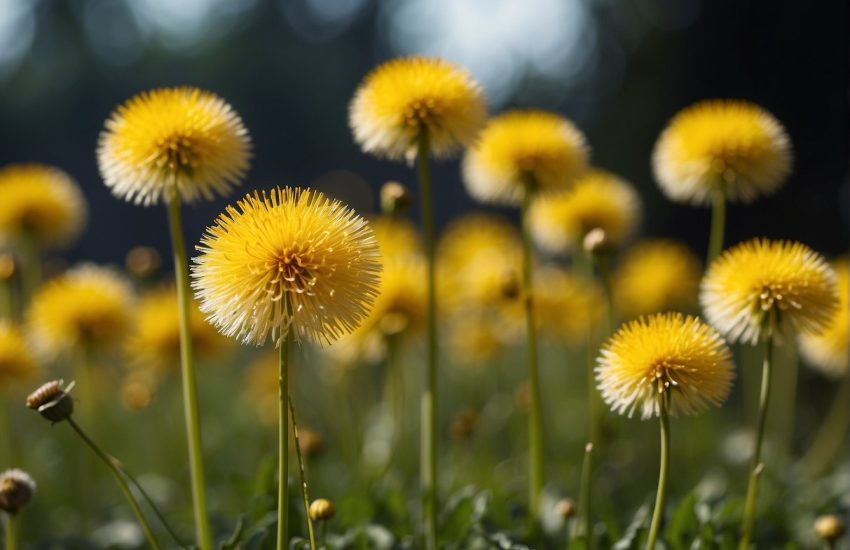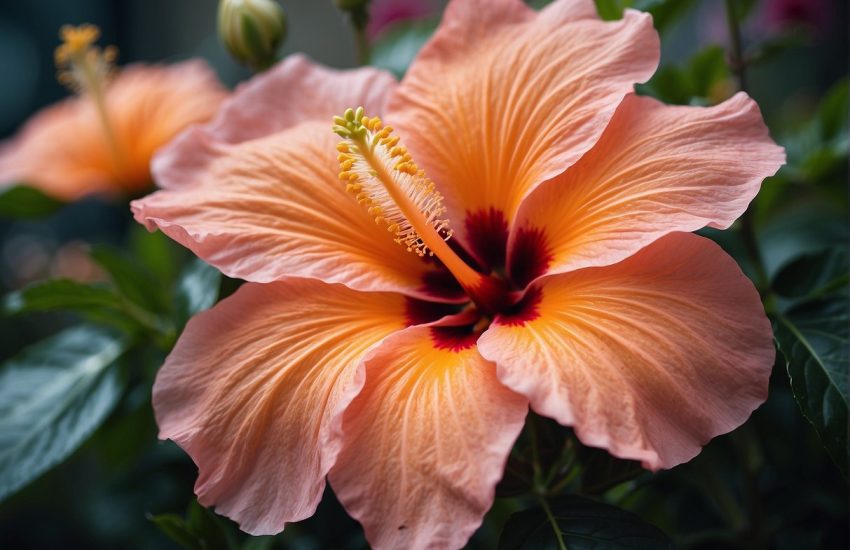Why Are My Peace Lily Leaves Turning Brown?

Peace lilies (Spathiphyllum) have elegant white flowers and lush green foliage that make them a beautiful addition to any home. Many people love having peace lilies indoors because they don’t need much attention and can grow well, even in shady corners. However, if you see brown spots or streaks on your peace lily’s leaves, you should not dismiss this flashing sign from your plant.
Having a peace lily plant with brown leaves reduces the general attractiveness, and if not urgently solved, the underlying issue might end up killing the plant. Previously, most owners often found it hard to pinpoint the specific cause of the brown leaves on their plants. But in this article, we have laid out simple identifying markers to help with that and also the necessary adjustments you should make so you can revive your peace lily and enjoy its beauty again.
Before we explore the primary reasons for your peace lily developing brown leaves, it’s essential to know how to differentiate between the normal aging process and the signs of different brown leaves on your peace lily.
Normal Aging Process vs. Browning Leaves
Some degree of browning is a natural part of the peace lily’s growth cycle. As the plant ages, older leaves will turn yellow and then brown. This is the plant’s way of focusing its energy and resources on new growth. But if you notice that leaves are turning brown out of the typical aging pattern, it could be a sign of a problem. Abnormal browning often appears as irregular brown spots in the middle of the leaf or along the leaf vein rather than starting at the edges or tips.

The Distinction Between Natural Browning and Abnormal Discoloration
Distinguishing between the natural browning that occurs as part of the aging process and abnormal leaf discoloration is essential when caring for peace lilies. Knowing these differences will help caregivers to effectively discern between the two and take appropriate actions to maintain the health and vitality of their peace lilies.
While some degree of browning is to be expected with age, abnormal discoloration often serves as an early indicator of an underlying problem. Natural browning typically exhibits a symmetrical and uniform pattern, affecting leaf tips, edges, or consistent areas. However, abnormal discoloration always appears irregular or patchy in its distribution. Also, normal browning primarily takes place on older leaves in which the plant has internally stopped supplying nutrients, whereas abnormal discoloration can manifest on leaves of varying ages, even affecting younger, healthier ones.
The progression of natural browning is generally gradual and consistent, while abnormal discoloration can spread rapidly, impacting multiple leaves simultaneously. Another glaring difference is that abnormal discoloration often comes accompanied by other symptoms, such as leaf spots, curling, or wilting, which are less common during the natural aging process.
Major Peace Lily Brown Leaves Causes
There are a whole bunch of reasons why most peace lily leaves turn brown, but you can often boil them down to five major causes. Peace lily brown leaves causes include:
- Incorrect Watering Practices
One of the top reasons why peace lily leaves turn brown is incorrect watering practices. Overwatering and underwatering are common watering mistakes that can result in peace lily leaf browning.
Overwatering
Overwatering leads to soil saturation, causing the roots to suffocate due to a lack of oxygen. This restricts the plant’s ability to absorb water and nutrients, leading to browning leaves. Overwatered peace lilies often display browning or blackening of the leaf tips, indicating that the plant is struggling to manage excess moisture. The plants often appear wilted because their roots have rotted and can no longer provide support. Overwatering can also promote the growth of mold or mildew on the soil’s surface, which is harmful to the plant.
Underwatering
Underwatering deprives the peace lily of the essential moisture it needs for various processes, including maintaining healthy, green leaves. As the plant struggles to conserve water, leaf browning can occur. In an attempt to reduce water loss, the leaves may curl inward, and the edges of the leaves become crispy and brown. The plant may appear droopy and wilted, particularly during the hottest parts of the day, as it struggles to retain water.
How to Maintain Optimal Soil Moisture Levels
To maintain optimal soil moisture levels for your peace lily, start by watering it thoroughly but moderately whenever you notice the topsoil looking dry. It’s crucial to ensure that your pot has drainage holes. This allows any excess water to drain out, preventing accumulation at the bottom, which could lead to overwatering. As you continue this routine, pay close attention to your plant’s response and adjust the frequency of watering based on your plant’s specific needs. Lastly, don’t forget to account for seasonal changes because, depending on the season, your peace lilies may require more or less water.
- Lighting Problems
Peace lilies are known for their adaptability to various light conditions, but finding the right balance is essential to prevent leaf browning. Understanding the effects of both too much and too little light on peace lily leaves is essential for maintaining their health and preventing browning.
Too Much Light
Exposing peace lilies to direct, intense sunlight can cause leaf scorch, which appears as patches on the leaves. The intense light damages the plant’s cells, resulting in browning and a wilted appearance. Leaves can develop brown patches, often accompanied by a crispy or papery texture. The intense sunlight can also cause the leaves to turn yellow, a condition that can later progress to browning. Additionally, peace lilies may respond to the excessive light and consequent water loss by wilting or drooping.
Too Little Light
Peace lilies require a sufficient amount of light to maintain their vibrant green color, and insufficient light can hinder the plant’s ability to photosynthesize effectively. This can result in reduced energy production and potential leaf browning due to nutrient deficiencies. When peace lilies don’t receive enough light, their leaves may turn yellow, which can eventually progress to browning.
Troubleshooting Peace Lily Leaf Browning Lighting Issue
Peace lilies are plants that thrive in bright, indirect light. To provide the ideal lighting conditions, consider placing your plant near a window. However, be cautious to avoid direct sunlight as it can cause leaf damage. To ensure all sides of your peace lily receive adequate light, it’s beneficial to rotate the plant periodically. This practice promotes even growth and prevents the leaves from leaning toward the light source. It’s also important to be attentive to changes in lighting conditions, especially during different seasons. If necessary, adjust the plant’s location to maintain the ideal light exposure.
- Humidity Issues
Peace lilies are known for their preference for high-humidity areas similar to their native tropical habitats. The conditions there have helped them adapt to life inside homes or offices where there’s little to no direct light. When conditions are too dry, most peace lilies begin to show serious signs of stress, like yellowing leaves. Low humidity often leads to the browning of leaf tips and edges because as the air dries out, the plant loses moisture through transpiration, causing the leaves to dry out.
In drier conditions, peace lilies may struggle to photosynthesize efficiently, which can result in reduced energy production and overall leaf browning due to nutrient deficiencies. Prolonged exposure to low humidity can stunt the growth of peace lilies, leading to weaker leaves that are more susceptible to browning.
Practical Tips for Increasing Humidity
To increase humidity for your peace lily, you can adopt several practical strategies. Start by clustering your houseplants together. When they transpire, the moisture they release into the air creates a humid microenvironment. Another effective method is to use a room humidifier. This device allows you to control indoor humidity levels by maintaining an air moisture content rate between 40-60%. Lastly, be mindful of the location of your peace lily and keep it away from drafts caused by heating or cooling vents, as these can quickly dry out the air.
- Possible Pest Infestations and Diseases
Peace lilies are susceptible to common pests and diseases that can lead to leaf browning and other health issues. Identifying these problems and implementing eco-friendly solutions can quickly curtail them before they spread and kill the plant. Pest infestation signs include yellowing and browning of leaves with some form of curling or distortion. Diseases often lead to the appearance of dark spots or patches on the leaves, which may subsequently turn brown.
Eco-Friendly Solutions for Controlling Pest Infestations and Diseases
Start by pruning the affected leaves, as this simple step can prevent the spread of disease or infestation. For soft-bodied pests like mealybugs and spider mites, consider using insecticidal soap. You can also introduce beneficial insects, such as ladybugs, to your garden to help control pest populations naturally. Lastly, for managing fungal diseases, apply natural fungicides.
- Nutrient Deficiencies
Peace lilies require a balance of essential nutrients to maintain their lush, green foliage. When they experience nutrient deficiencies, it can lead to leaf browning and other health issues. For example, nitrogen deficiency signs include overall yellowing of older leaves (chlorosis), leaf drop, and stunted growth. Also, potassium deficiency signs include brown or yellow leaf margins (necrosis), leaf curling, and wilting.
How To Address Nutrient Deficiencies
Begin by using a water-soluble fertilizer that has a balanced combination of nutrients, as recommended. To avoid over-fertilization, which can lead to salt build-up and leaf damage, it’s advisable to use a diluted fertilizer solution. Additionally, it’s beneficial to occasionally flush the soil with plain water. This practice helps remove excess salts and maintain a healthy nutrient balance in the soil.
Peace Lily Care Tips for Brown Leaves
Peace Lily leaves can turn brown due to improper amounts of light, water, fertilizer, and humidity. Low quality of water and incorrect temperature can also compromise their health. Moreover, pest infestation and diseases can leave brown streaks in the foliage of peace lily.
Here are some long-term peace lily care tips for brown leaves :
- Pay close attention to your peace lily. Observe its behavior, response to environmental changes, and the appearance of its leaves. Detecting issues early allows for timely intervention.
- Maintain a stable room environment by avoiding extreme temperature fluctuations, drafts, and sudden light changes. Peace lilies prefer consistency.
- Prune and remove dead or yellowing leaves regularly to enhance the plant’s overall appearance and vitality.
- Use a high-quality, well-draining potting mix that allows for proper root aeration. Keep an eye on the soil’s condition and re-pot when it becomes compacted or unhealthy.
- Consider the compatibility of other houseplants sharing the same space with your peace lily. Some plants may have conflicting care requirements.
- Ensure your peace lily is free from physical stressors such as root-bound conditions, overcrowding, or improper support for larger varieties.
- Consistency is key to long-term care, so create a maintenance schedule that includes watering, fertilizing, and grooming tasks.
- Keep records of care routines, observations, and any changes made to the plant’s environment. This can provide valuable insights over time.
- Adjust your care routine as the seasons change, considering factors like light levels, temperature, and humidity.
- Stay informed about peace lily care by reading books and articles or consulting with experts. Knowledge empowers you to make informed decisions for your plant’s well-being.
Final Thoughts on How to Prevent Peace Lily Leaves from Turning Brown
Understanding the reasons behind peace lily leaf browning and knowing how to address the issue is essential for maintaining a vibrant and healthy plant. We’ve explored five major factors that can lead to peace lily leaf browning and provided solutions to address these concerns. Consistent care, observation, and proactive measures are the keys to preventing your lovely lilies from turning brown. For those looking for a guide on how to prevent peace lily leaves from turning yellow, we have also got you covered. So, embrace the challenge of nurturing your peace lily, and with dedication and care, you can keep its leaves looking as fresh and green as the day it joined your botanical family.
For further reading:
https://gardening.stackexchange.com/questions/32545/why-are-the-leaves-of-my-orchid-turning-brown
https://www.weekand.com/home-garden/article/orchid-plants-leaves-turn-brown-dry-18046069.php
https://homespursuit.com/orchid-leaves-turning-brown/
https://www.aos.org/orchids/orchid-care/what-s-wrong-with-my-orchid.aspx
https://www.orchids.org/articles/orchid-leaves-turning-brown
https://thegardenhows.com/how-to-tell-if-orchids-are-over-or-under-watered-with-photos/


